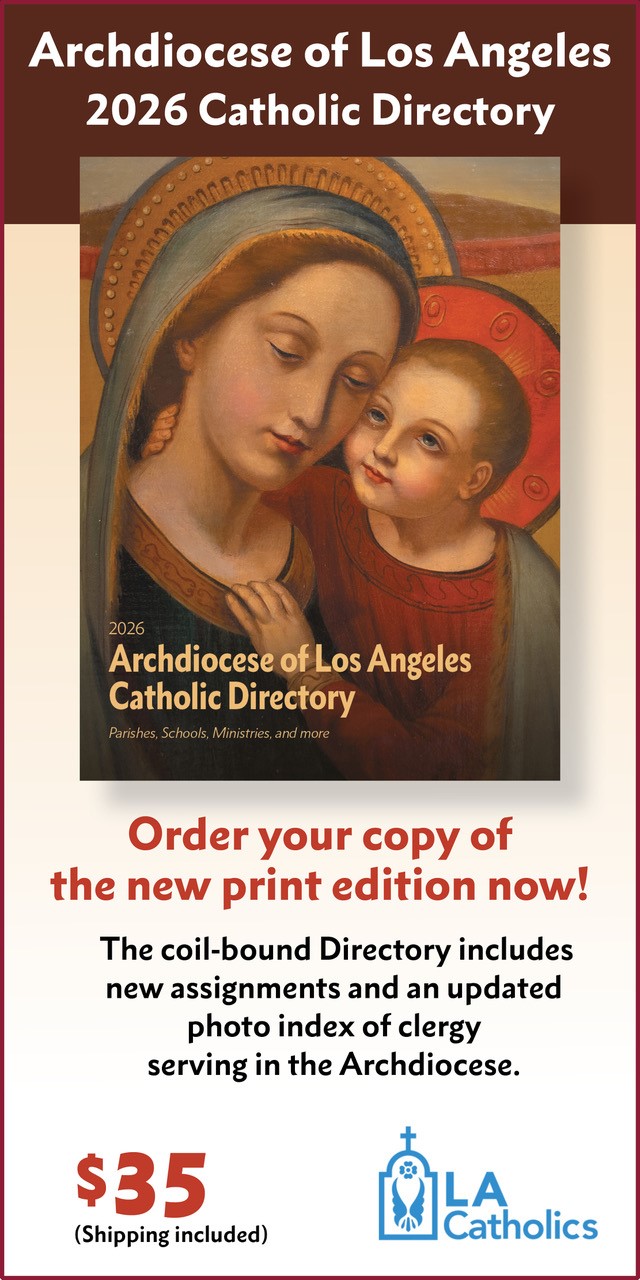The Archdiocese of Los Angeles’ Office for Divine Worship has published guidelines to make clear which days of obligation Catholics should adhere to as All Saints’ Day and All Souls’ Day approach.
The confusion stems from two holy days of obligations being observed near other popular holidays and how they’re celebrated.
Here’s how it breaks down:
Friday, Nov. 1, Solemnity of All Saints (holy day of obligation)
All Saints’ Day can be celebrated two ways:
- At any Mass on that day, Nov. 1; or
- During any vigil Mass after 4 p.m. the evening before, which is Halloween, Oct. 31
Saturday, Nov. 2, Commemoration of All the Faithful Departed (not a holy day of obligation)
All Souls’ Day can be celebrated:
- By attending any Mass on that day, Nov. 2, before 4 p.m.
Sunday, Nov. 3, 31st Sunday in Ordinary Time (holy day of obligation)
Sunday’s Mass, which is a holy day of obligation every week, can be celebrated two ways:
- At any Mass on that day, Nov. 3; or
- During any anticipatory Mass after 4 p.m. the evening before, Nov. 2
The reason why Mass on Friday night would not count for All Souls’ Day (and why Saturday night’s anticipatory Mass counts for Sunday) is because, according to the Congregation for Divine Worship, “precedence is always given for a celebration which is observed as a day of obligation [de praecepto], independently of the degree of the two liturgical celebrations occurring.”
Parish pastors could elect to celebrate an All Souls’ Day Mass on Saturday evening if it falls outside of the usual Mass schedule, the document states.
The liturgical day typically runs from midnight to midnight, but Pope Paul VI decreed in 1969 that “the observance of Sunday and solemnities begins with the evening of the preceding day.” In 1953, Pope Pius XII said in Christus Dominus (“Christ the Lord”) that the time for anticipatory Masses and vigil Masses should be celebrated “not before 4:00PM.”

